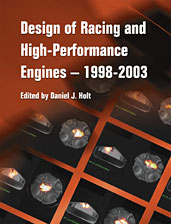Video

Visionary's Take: An Engineering Journey into the Marketplace (Part 3 of 3)
2017-10-12
Are engineers more qualified to solve technical problems or run companies? SAE's "The Visionary's Take" addresses these and many other questions, by talking directly with those who have dared to tackle difficult engineering problems, and create real-life products out of their experience. ...In these short episodes, Sanjiv Singh and Lyle Chamberlain, respectively CEO and Chief Engineer from Near Earth Autonomy, talk about their experience in creating a brand-new company in the UAV world. Founded in 2011, Near Earth Autonomy brought together a group of engineers and roboticists, looking for unconventional solutions to very hard logistics problems, presenting danger to human life.













